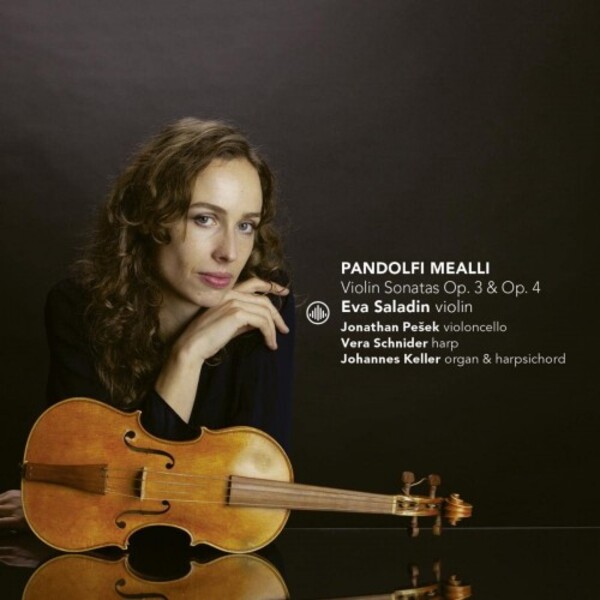
Mealli - Violin Sonatas op.3 & op.4
£14.20 £11.36
save £2.84 (20%)
special offer ending 25/06/2024
In stock - available for despatch within 1 working day
Despatch Information
This despatch estimate is based on information from both our own stock and the UK supplier's stock.
If ordering multiple items, we will aim to send everything together so the longest despatch estimate will apply to the complete order.
If you would rather receive certain items more quickly, please place them on a separate order.
If any unexpected delays occur, we will keep you informed of progress via email and not allow other items on the order to be held up.
If you would prefer to receive everything together regardless of any delay, please let us know via email.
Pre-orders will be despatched as close as possible to the release date.
Label: Challenge Classics
Cat No: CC72948
Format: CD
Number of Discs: 1
Genre: Chamber
Release Date: 2nd June 2023
Contents
Artists
Eva Saladin (violin)Jonathan Pesek (cello)
Vera Schnider (harp)
Johannes Keller (organ, harpsichord)
Works
Mealli, Giovanni Antonio Pandolfi
Violin Sonatas (6), op.3Violin Sonatas (6), op.4
Artists
Eva Saladin (violin)Jonathan Pesek (cello)
Vera Schnider (harp)
Johannes Keller (organ, harpsichord)
About
Born in 1624, Giovanni Antonio Pandolfi Mealli was brought up partly in Venice and ended up in Innsbruck as a member of the Court Band. His name crops up later as a violinist in churches and at court in Messina and finally in Madrid, where it is likely that he died in 1687. There were two important stylistic periods for violin literature in the 17th century. In the early decades, a corpus of instrumental music appeared in northern Italy, with the first solo music explicitly for violin being written by composers such as Castello, Fontana and - most of all - Marini. Towards the tail-end of the century, we see the flowering of a refined culture of instrumental music in Austria, dominated by virtuosi such as Biber, Walther and Schmelzer. Pandolfi Mealli was caught in the middle, not being a follower of either school, and may have been somewhat lost from view among all these star performers.
'The twelve sonatas included in this album were published in Innsbruck in 1660 as two volumes, opus numbers 3 and 4, and are generally considered to be a united pairing. At first sight, the sonatas offer little in the way of variety. Some older literature even voices disdain at these works because of their lack of individualist, virtuoso or violinistic elements.
'Closer inspection, however, reveals a good number of interesting features in the collection: each sonata seems to have its own pronounced and unique character, varying from the obsessively chromatic to the heavenly naive. We can see subtle differences between ostensibly similar movements and the music is full of unexpected twists and turns. Stylistically, some of the sonatas clearly refer to early-17th-century Venetian examples. Others introduce elements that would play an important part in later Austrian repertoire for violin. Many of the sonatas are surprisingly vocal, some sort of reference to contemporary song culture. These vocal sections invite the violin to decorate the melody.
'It is also hard to determine what instrumentation would have been used as the continuo for this repertoire. My own choice, based on the colourful combination of harp, organ and cello, is based in part on contemporary sources but also on my own curiosity about the tonal possibilities of this ensemble.'
Error on this page? Let us know here
Need more information on this product? Click here